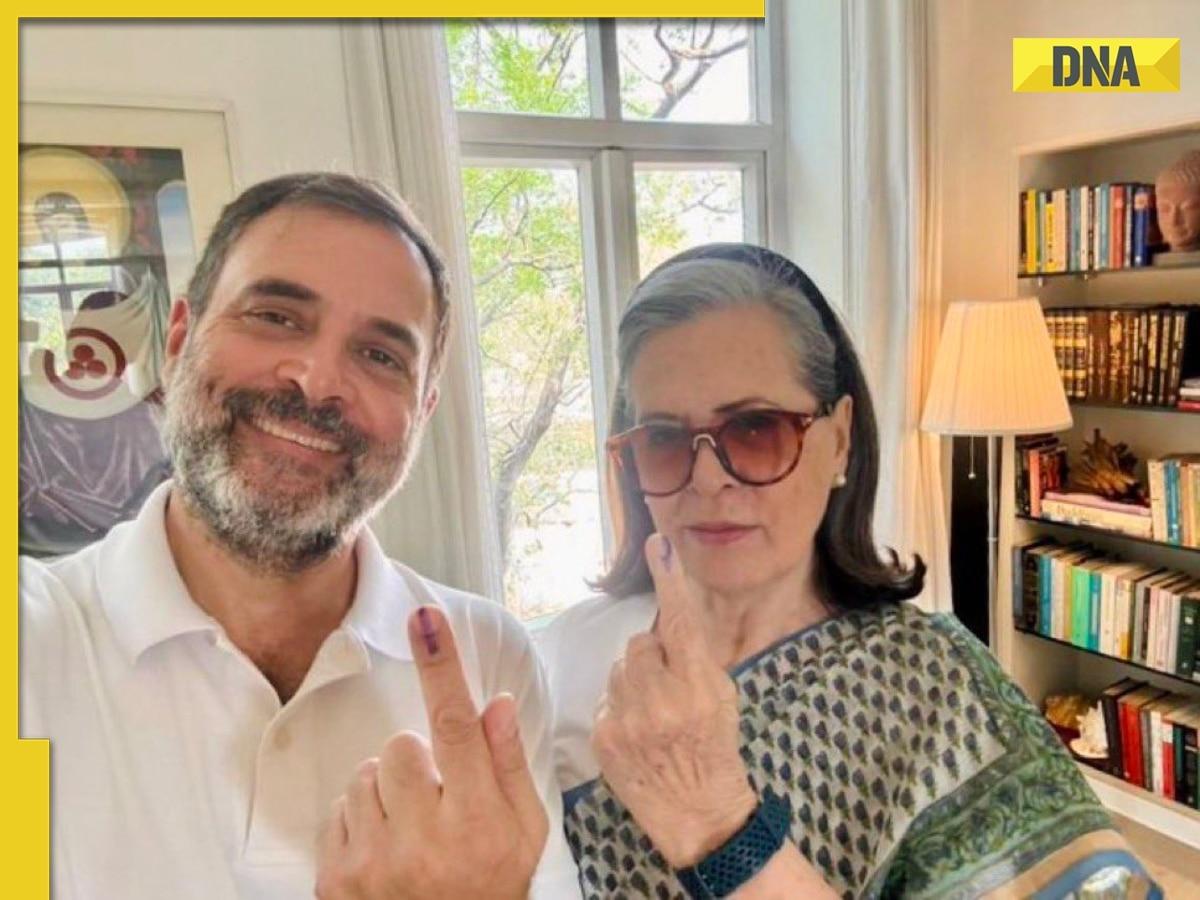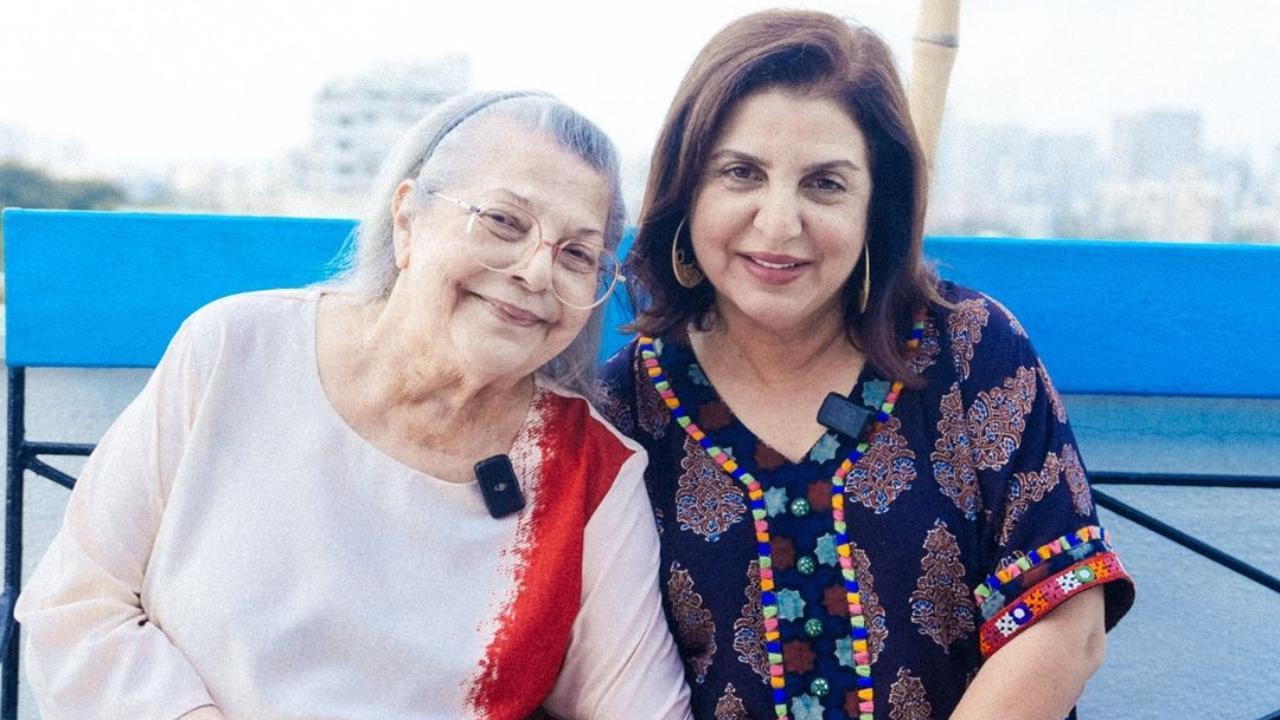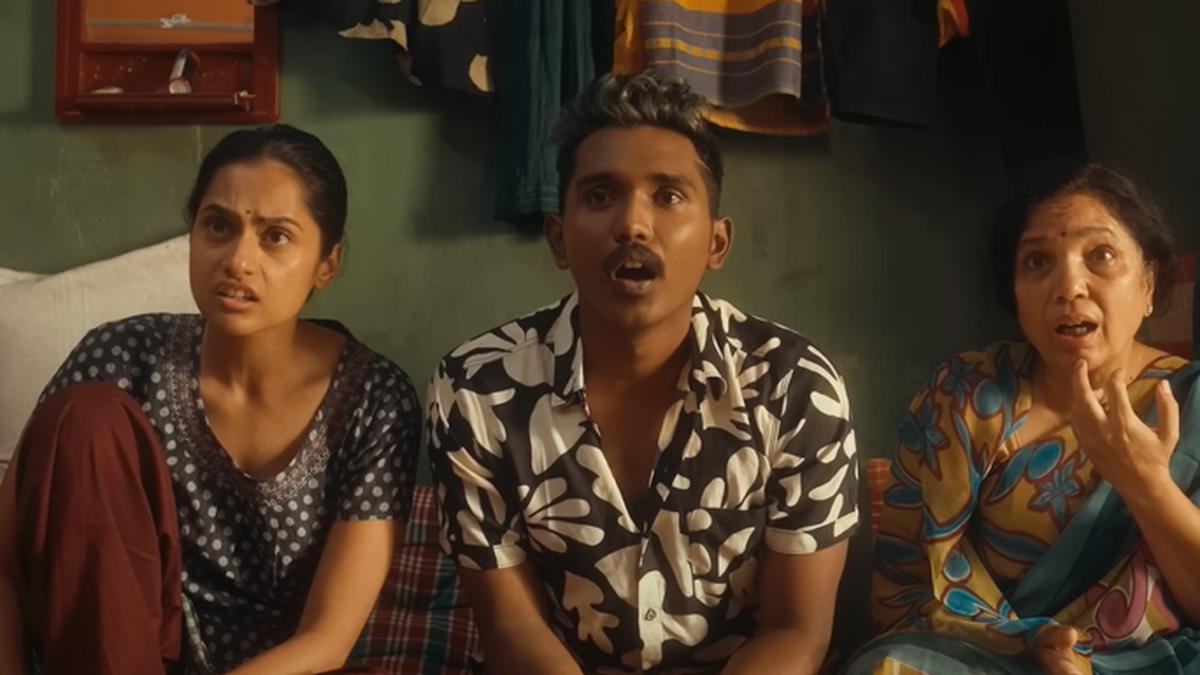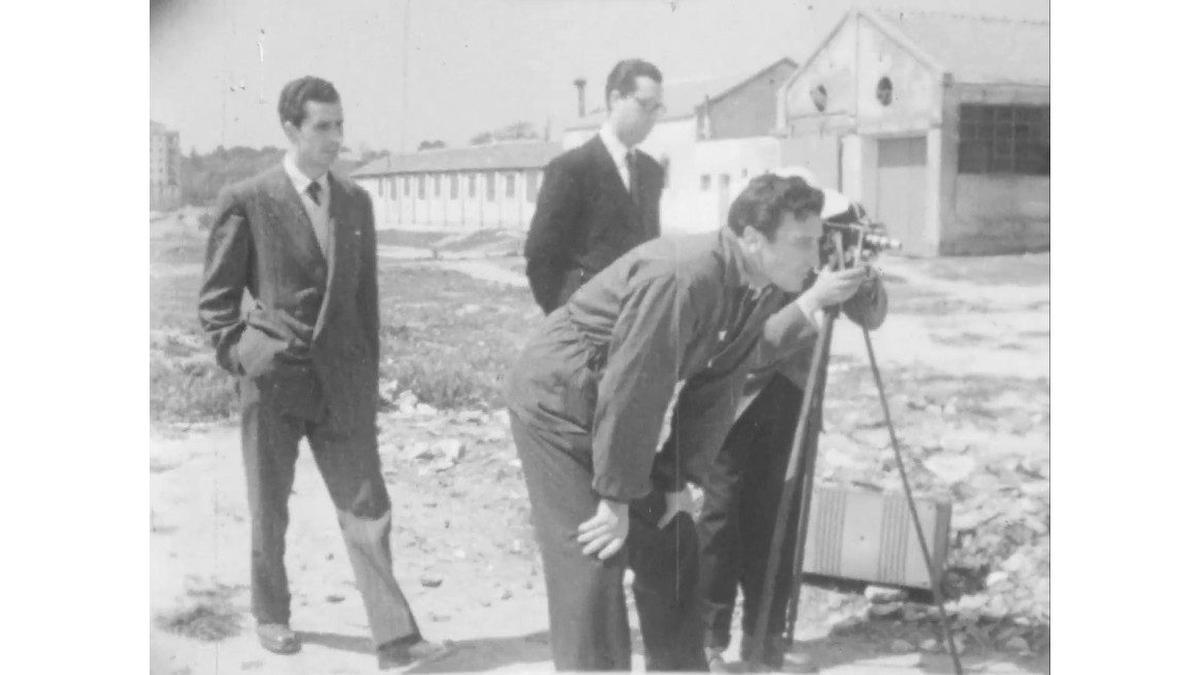
In a whirlwind of social media buzz, a selfie featuring prominent Congress leaders Rahul Gandhi and Sonia Gandhi has captured considerable attention. The photograph showcasing their inked fingers, a hallmark of their participation in the democratic voting process, inadvertently stirred a flurry of speculation for an element in the background. Online users swiftly began to propagate the claim that the painting behind the Gandhis portrayed none other than Jesus Christ himself. This assertion rapidly gained traction, creating a widespread belief that the Gandhis’ selfie held a religious significance.
However, the conclusion towards which these netizens jumped was quickly invalidated by a thorough investigation. NewsMobile’s scrutiny brought to light that the painting in question is indeed misrepresented. Researchers observed three distinct red dots within the artwork. Given that such features are atypical in traditional depictions of Jesus Christ, this detail alone raised red flags about the authenticity of the claim cited by social media users.
A more in-depth search led investigators to trace the artwork to a digital repository, a website known as MeisterDrucke. The painting now revealed its true identity as “Madonna Oriflamma,” an emblematic piece crafted in 1932 by the accomplished artist Nicholas Roerich. This discovery effectively debunked the false Jesus Christ narrative that had been circulating with the viral selfie.
So who is Nicholas Roerich, the artist behind “Madonna Oriflamma”? Roerich was a polymath hailing from Russia, notable for his myriad contributions to the worlds of painting, literature, archaeology, and theosophy. His rich career was not limited to being a public figure—Roerich’s influence permeated Russian culture, making him a luminary celebrated as both an enlightener and a philosopher.
. Raised in Russia, Roerich’s outlook and artistic pursuits were significantly impacted by the spiritual movements alive in Russian society during his formative years.
“Madonna Oriflamma,” the painting in question, typifies Roerich’s hallmark style of symbolic and often spiritually imbued artwork. The piece is a manifestation of his artistic philosophy and mastery of symbolic representation, intricately weaving together layers of spiritual and cultural narratives. Intricately crafted and layered with meaning, “Madonna Oriflamma” serves as a testament to Roerich’s adeptness in conveying profound spiritual messages through his canvas.
The discovery of the true nature of the artwork serves as a timely reminder of the importance of thorough fact-checking, especially in an age where misinformation can spread like wildfire across social media platforms. This incident is not just a simple error but underscores the potential for misinterpretation when visual elements are removed from their original context and subjected to mass speculation.
The virality of the selfie featuring the Gandhis underlines the influence and speed of social media in shaping public perception, oftentimes without complete verification. In the space of mere hours, a painting illustrating Madonna had been misidentified and spread widely as an image of Jesus Christ, showing the critical need for responsible sharing and consumption of information.
Thus, it becomes clear that the portrait behind Rahul Gandhi’s viral selfie does not depict Jesus Christ. Instead, it stands as “Madonna Oriflamma” by Nicholas Roerich, an artwork layered with rich historical, cultural, and spiritual significance. By dispelling this piece of misinformation, this report brings clarity to the narrative, reinstating the authority of verified information in public discourse.
In conclusion, while the selfie with the Gandhis may continue to circulate, let it be underscored by the knowledge that the painting in the backdrop is a work of art by the distinguished Roerich and not a portrayal of Jesus Christ. This correction not only puts to rest misleading speculations but also highlights an invaluable piece of cultural and artistic heritage, educating the public on a noteworthy figure whose work remains impactful even decades later.










